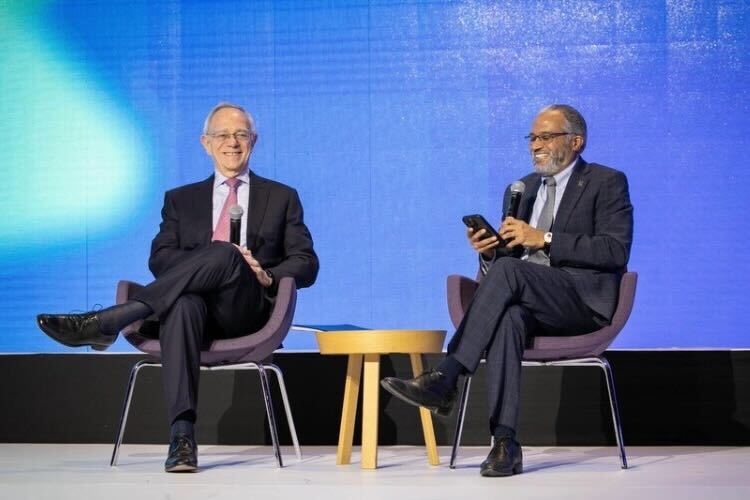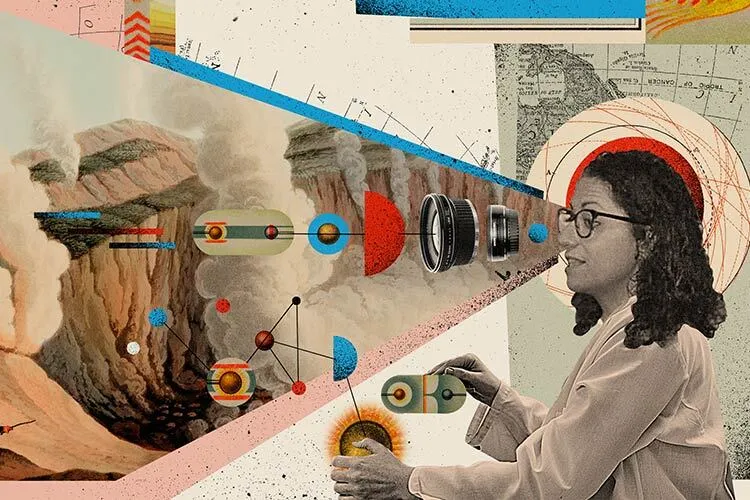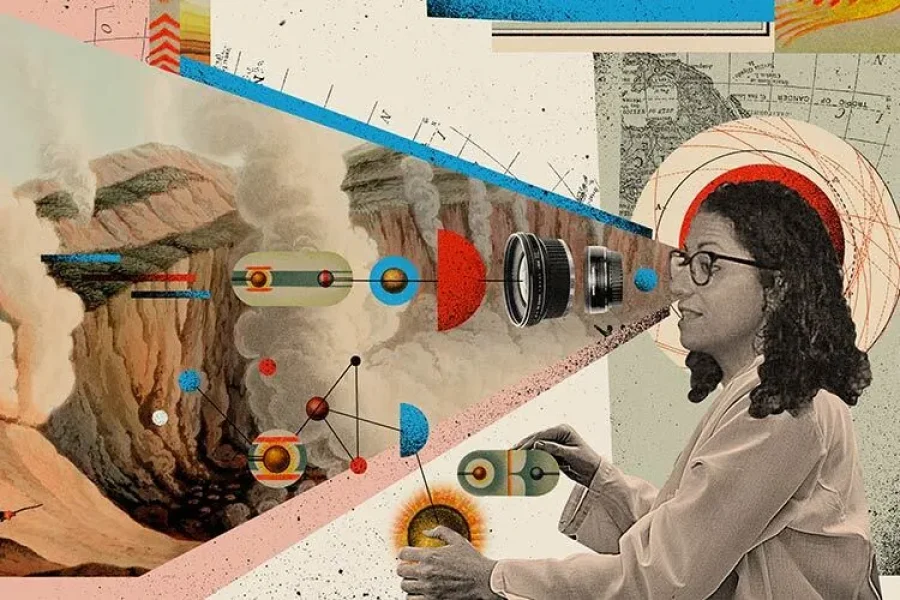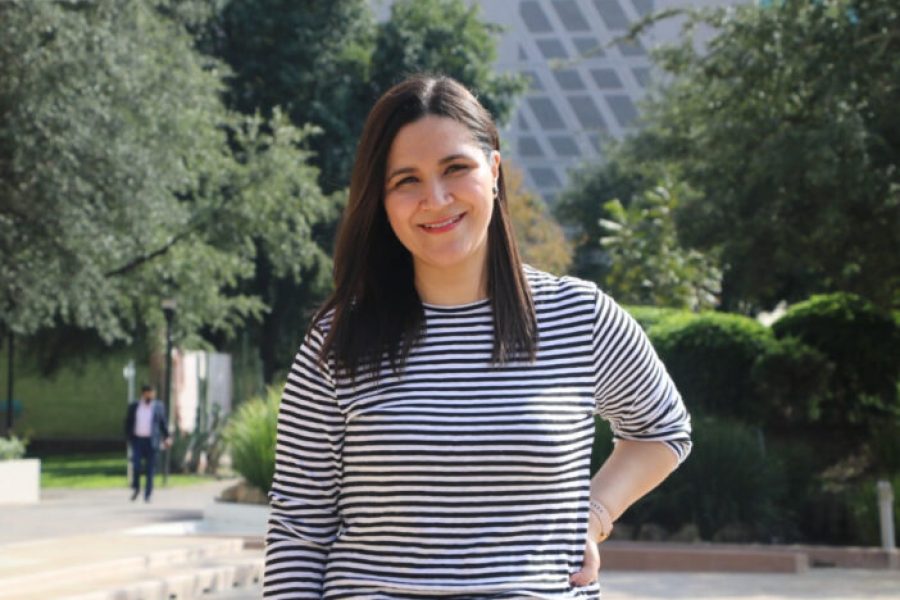Mexico is to have a Multirobot Systems Laboratory, which Tec de Monterrey’s robotics specialists are currently working on expanding and modernizing. It will be a space designed to conduct remote research and allow other universities to control autonomous systems.
This project is inspired by the Georgia Institute of Technology’s Robotarium, created in 2017. The facility is a space for tests and experiments with state-of-the-art robots that can be remotely controlled from different parts of the world by students and academics.
“It will be a laboratory focused on autonomous systems and research” said Luis Guerrero-Bonilla, a robotics specialist at Tec.
Although the National Robotics Laboratory already existed on the Monterrey campus, this new space will house new teams with three objectives: robotics research, teaching, and services to industry.
“Although those who come here are students looking to generate new methodologies in the field of robotics and control, there’s also laboratory teaching,” says Herman Castañeda, a specialist in automatic control at the Tec.
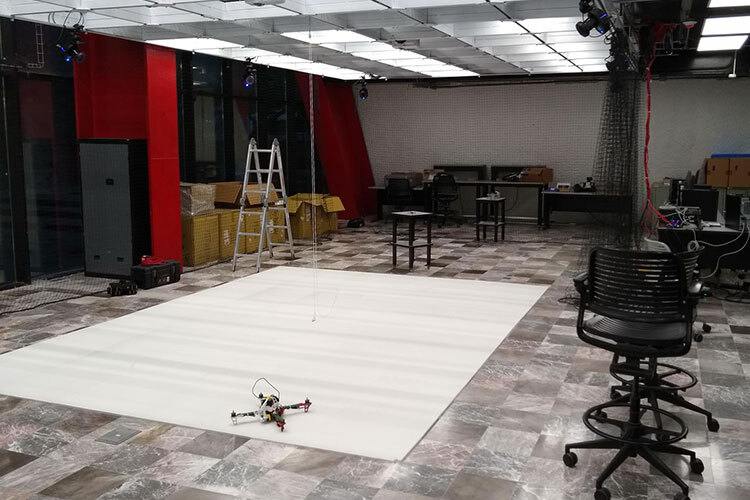
Robotics Used for Logistics or Agriculture
In the laboratory installed on the ceiling, state-of-the-art cameras point to the central area where the devices move according to their programming. These devices help locate the position of the autonomous systems at all times, manipulate them accurately, and avoid collisions between them.
The laboratory is a room lined with computers and desks. This leaves a free area in the center for maneuvering the robots, which can be both airborne drones and ground vehicles.
“With that information we can design control and interaction strategies between several robots. One advantage (of the cameras) is their .05 millimeter accuracy, which allows us to test algorithms in general robotics at a reliable level,” says Castañeda.
A net protects the central testing area as a safety measure to prevent them from crashing into walls, computers or people.
An example of what can be put into practice in this laboratory is what is known in this field as robust control, which means that a drone can continue its trajectory in spite of external disturbances such as gusts of wind.
Another example would be testing algorithms for a drone, an automated vehicle, and a manipulator arm so they can communicate with each other and perform specific tasks.
According to Castañeda, the Robotarium is also useful for different industries, from package delivery to the agricultural sector. In fact, drone trajectories were designed for spraying crops with pesticides for a company in that field.
“How can you design the trajectory (of the drone) in such a way that you make better use of the battery and the pesticide you’re spraying? That’s a very specific problem for agriculture,” he says.
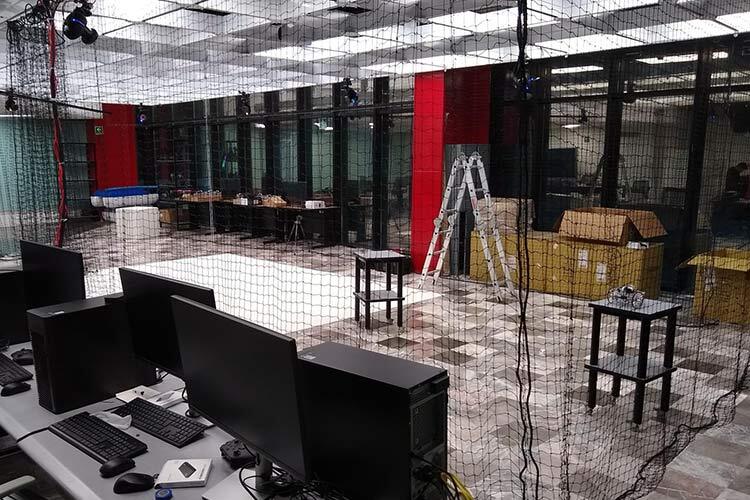
Democratizing Robotics
The long-term objective of the laboratory is to create a network of similar spaces on other campuses or at other universities, as well as to allow students from Latin America to do research in this field from their countries of origin.
“I share the philosophy of the Robotarium in the United States, which is to democratize robotics. There is a high barrier in using robotic systems because not everyone can afford the equipment. This is our way of supporting personal and institutional development,” says Luis Guerrero.





